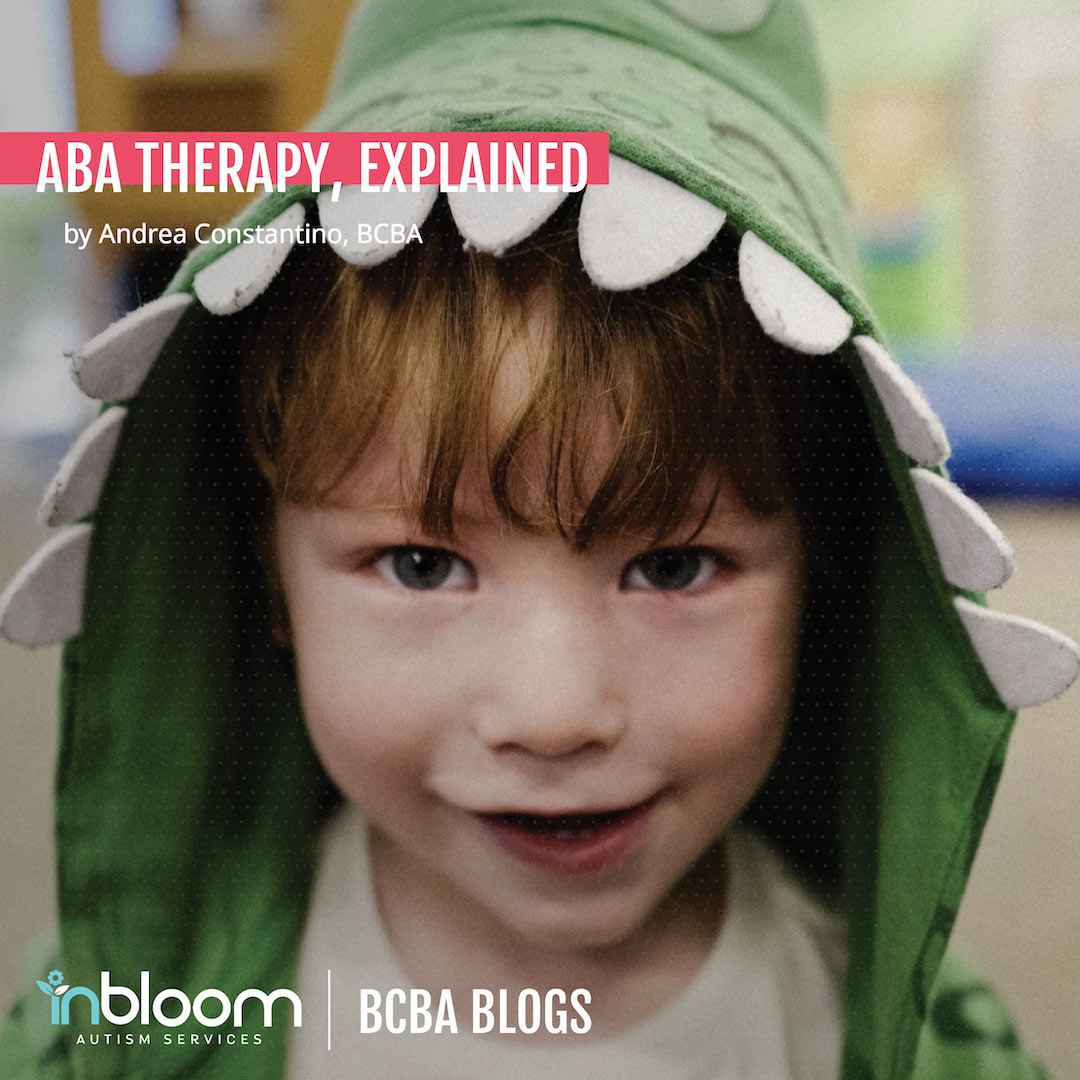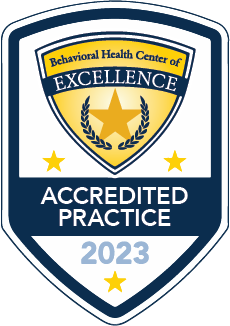ABA Therapy, Explained

What is ABA Therapy?
ABA stands for Applied Behavior Analysis. It is a science in which the principles of learning and behavior are applied to create socially significant change in behavior to a meaningful degree. ABA is backed by many decades of research and is constantly evolving. It can be applied in any setting, to address countless desired and undesired behaviors, and is highly effective in helping various populations of people.
ABA therapy is highly individualized.
Today, ABA for children with ASD is funded by health insurance in many states and is considered a medically necessary therapy. It is recommended by the Surgeon General and the American Psychological Association. ABA therapy is highly individualized. It involves tailoring each child’s treatment plan to meet his/her needs, based on a thorough and ongoing assessment of the variables in the child’s environment that may be promoting desired and/or undesired behavior.
How Does ABA Therapy Help Children?
In ABA, specific goals are added to the learner’s plan to continually improve his/her independence with critical skills and daily functioning. Complex skills are broken down into small steps until targeted goals are achieved. Some of the primary goals in ABA are related to increasing independence with skills such as communicating wants and needs, increasing expressive and receptive language skills, social skills, daily living skills (e.g. toileting, toothbrushing, etc.), and other essential skills.
There is a continued focus on ensuring a trusting and positive relationship is fostered between the ABA team, the child, and the child’s family.
Evidence-based strategies are implemented and entail providing a variety of aids (or “prompts” as they are called in ABA). Correct responses are rewarded so that the child is likely to maintain them over time. There is continual assessment of what is motivating to the child so learning opportunities can be embedded within his/her most preferred activities and through play. The effectiveness of the strategies is also continuously monitored to ensure the child is making ongoing progress with all goals. Moreover, there is a continued focus on ensuring a trusting and positive relationship is fostered between the ABA team, the child, and the child’s family.
In addition to the skills mentioned above, ABA programs may also focus on teaching “replacement behaviors.” These are skills that are taught to replace an undesired behavior. For example, if a child is engaging in aggressive behavior (e.g. hitting, biting, etc.) to access something he wants, he will be taught to use an appropriate / safer means of requesting access to desired items/activities instead of using aggression. When a new skill is learned in ABA, the team will ensure the child is transferring the skills across settings, people, and situations.
How is ABA Therapy Applied?
Services may take place in a variety of settings, depending on an individual’s specific needs. Some children may benefit from services in-home, in school, and/or in a clinic/center setting. Additionally, the number of medically necessary therapy hours prescribed may also vary, depending on an individual’s specific needs. For example, some ABA therapy programs may be 15-25 hours per week, while others may be more intensive and comprehensive at 30-40 hours per week. ABA therapy is most often provided one-on-one (i.e. one adult assigned to one child at a time). Finally, a critical component of ABA therapy is caregiver coaching. Caregiver training sessions are held regularly to ensure the child and family are set up for success and that the child can meaningfully apply the skills he/she has learned.
Written by: Andrea Constantino, Board Certified Behavior Analyst (BCBA)


